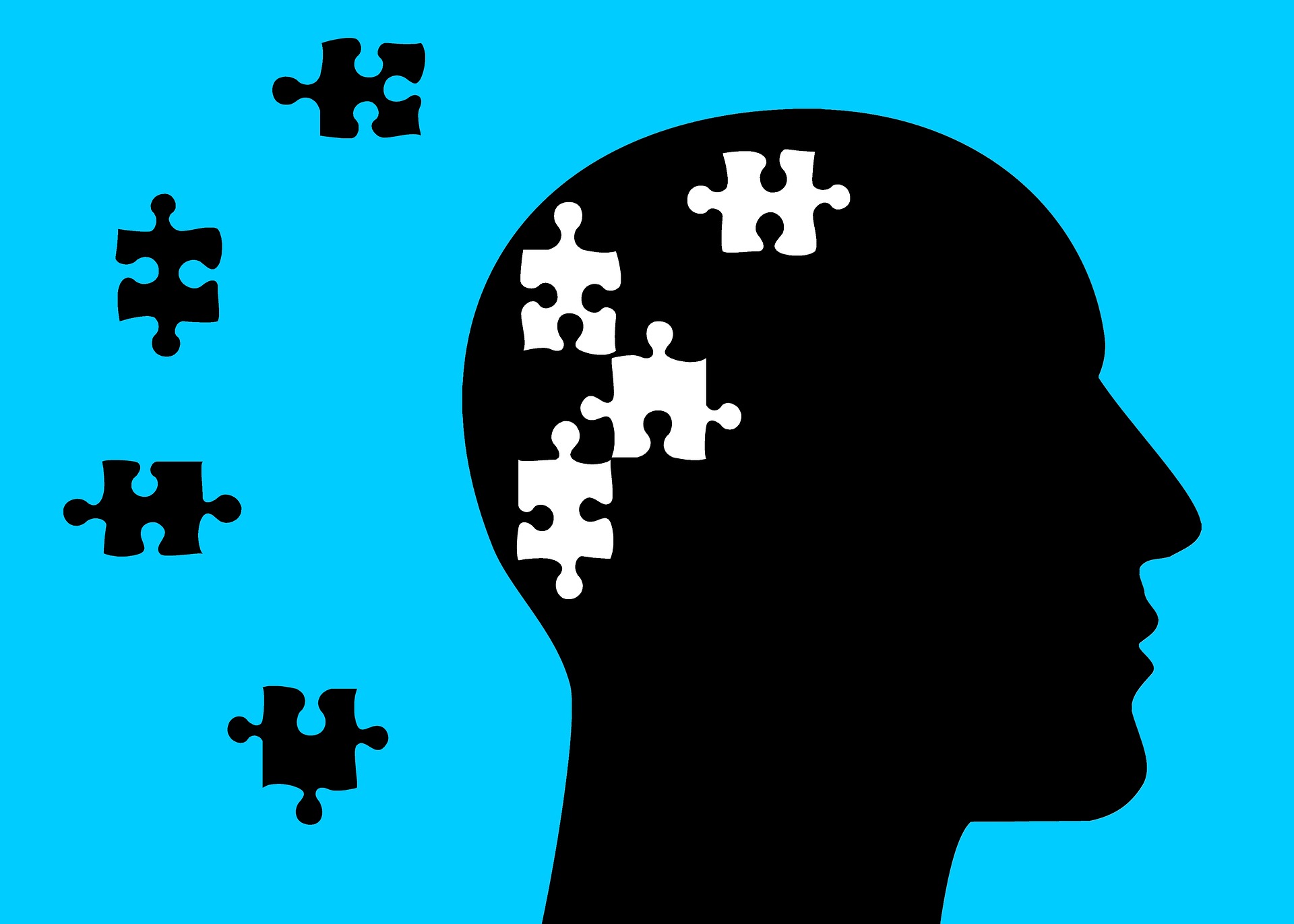As the average age of the population increases, dementia will be an increasingly common problem. It is for this reason that we are trying, in every way, to find drugs or even vaccines that fight these diseases. Very often, gaps and memory lapses are interpreted as warning signs of dementia but let’s see when we really need to worry. First, normal brain aging needs to be distinguished from neurodegenerative diseases, such as Alzheimer’s. In fact, not always forgetting someone’s name or where an object has been kept is an indicative sign of a pathology. Therefore, we must distinguish the physiological aging of the brain from neurodegenerative diseases even if it is not always simple.
Memory gaps and lapses are interpreted as warning signs of dementia but let’s see when we really need to worry
Neurodegenerative diseases result in the death of brain cells and can manifest in various forms of dementia. In these cases, advanced age represents only one of the risk factors but not the only determining factor. In fact, there are other risk signals that contribute to the onset of certain pathologies. Think of hypertension, depression, diabetes and cardiovascular disorders. But then when should we really worry? How can we distinguish age-related brain aging and more serious neurological diseases?
Well, the alarm signal should go off when actual changes are found that do not concern only the cognitive sphere. In fact, it is necessary to deal with more complex changes that also involve the subject’s affective and behavioral sphere. Think of sudden changes in mood, states of anxiety, or the difficulty of solving everyday problems or difficulties in language. Therefore, it is not enough just a gap or an oversight, elements that can be normal consequences of the physiological aging of the brain.
What are the tools for diagnosing diseases
When pregnant signs, such as those of the type indicated above, appear, then it is best to proceed with more in-depth investigations. To diagnose diseases such as Alzheimer’s, for example, it is necessary to proceed with a correct medical history and a neurological examination with neuropsychological tests, based on international protocols. In addition, it is necessary to do instrumental tests, such as magnetic resonance and PET. The latter serves to detect changes in the brain. Finally, there are other markers such as the cerebrospinal fluid examination. Hence the diagnosis of the existence of neurodegenerative disease.
Science, in this regard, has made great strides forward and has come to the identification of some drugs. However, the solutions on the mat are aimed, primarily, at coping with the symptoms of the disease. Therefore, in addition to cognitive rehabilitation, it is necessary to lead a healthy lifestyle, removing all sources of stress. Finally, physical activity is fundamental, but also reading, the Mediterranean diet rich in antioxidants, as well as listening to music and doing crosswords and counting.
